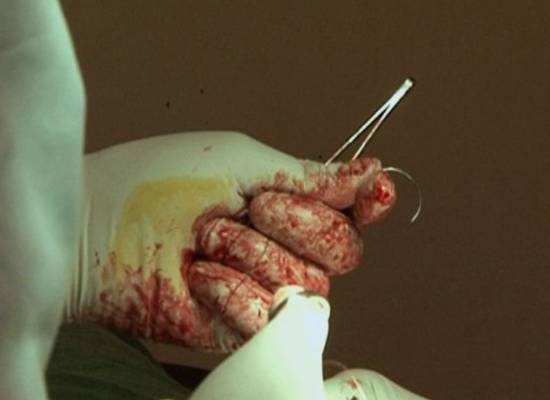The Continuing Tragedies of Home Birth and the Rights of the Future Child
By Lach De Crespigny and Julian Savulescu
Windsor Coroner’s Court has heard that a mother died within hours of giving birth at home after a private midwife committed a horrifying catalogue of errors . According to reports, the woman had previously delivered twins by emergency caesarean section, one of which later died. Her husband said his wife was ‘brainwashed’ into having a home birth by the midwife, who insisted it was safe. The Royal College of Obstetricians and Gynaecologists advise delivery in hospital after caesarean section so that an emergency caesarean delivery can be carried out if necessary. The midwife denied trying to persuade the couple to have a home birth. However she has greater responsibilities than this; as professionals we should try to persuade women to deliver in hospital if this is a safer option. But the midwife seems to have prioritized homebirth over life itself when she reportedly stated:
“Claire had a great pregnancy, she had a really lovely spontaneous birth at home and I hope Simon in time will remember that”
Read More »The Continuing Tragedies of Home Birth and the Rights of the Future Child


